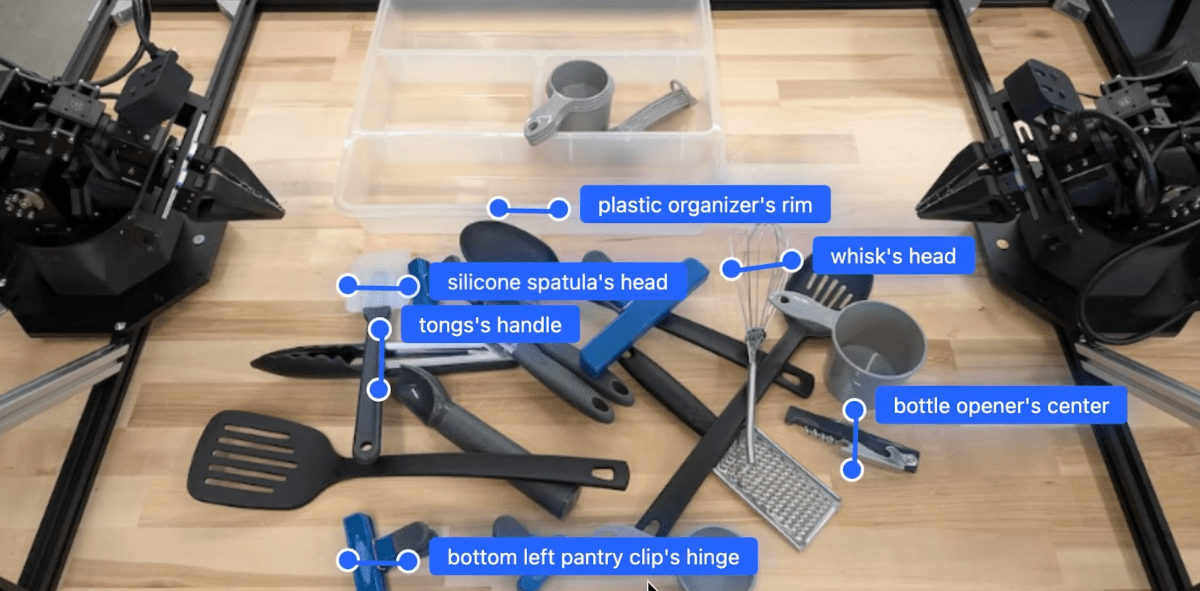DeepMind Introduces New AI Models for Robot Control

Introduction to Gemini Robotics by Google DeepMind
Google DeepMind, the artificial intelligence research arm of Google, recently unveiled an innovative series of AI models now known as Gemini Robotics. This new technology is set to empower real-world machines, enabling them to effectively interact with various objects and navigate different environments.
Demonstrating Gemini Robotics
DeepMind showcased a collection of demonstration videos that highlight the capabilities of robots utilizing Gemini Robotics. In these videos, robots successfully perform a range of actions, such as folding paper and placing glasses into a case, all in response to verbal instructions.
Key Features of Gemini Robotics
Training Across Diverse Hardware: The Gemini Robotics was designed to generalize its behavior across multiple types of robotic hardware. This means that the AI models can adapt their functionality to work efficiently on different robotic platforms.
Visual Recognition and Action Linkage: The system allows robots to recognize objects in their environment and understand the actions they can take regarding those objects. This capability enhances their ability to execute tasks seamlessly.
- Performance in Unfamiliar Environments: In testing, robots powered by Gemini Robotics demonstrated impressive performance even in settings that were not part of their initial training data. This adaptability is crucial for real-world applications where conditions can vary widely.
Tools Developed Alongside Gemini Robotics
Along with Gemini Robotics, DeepMind has introduced several useful tools for researchers and developers:
Gemini Robotics-ER: This is a streamlined version of the Gemini model, specifically designed to help researchers train their own robotic models. By providing a more accessible framework, it allows for deeper exploration and experimentation in robotics control.
- Asimov Benchmark: To assess the safety and risks associated with AI-operated robots, DeepMind has released a benchmark called Asimov. This tool is designed specifically to evaluate potential risks and ensure that AI-driven robots operate within safe parameters.
Implications of Gemini Robotics
The introduction of Gemini Robotics is a significant step forward in the field of robotics and AI. By equipping robots with advanced capabilities to interact meaningfully with their surroundings, DeepMind is paving the way for practical applications in various sectors.
Potential Applications
Manufacturing: Robots can assist in assembly lines by carrying out precise tasks that require agility and accuracy.
Healthcare: In medical settings, robots can help in handling equipment or assisting patients, thus improving efficiency and care.
Household Tasks: Home assistance robots can manage simple household chores, making daily life easier for individuals.
- Education: Robotic assistants can be utilized in educational environments to facilitate hands-on learning experiences.
Future of Robotics with AI Integration
The launch of Gemini Robotics reflects a growing trend of integrating advanced AI into robotics. As machines continue to learn and adapt, they hold the promise of enhancing human capabilities across diverse fields.
Challenges Ahead
Despite these advancements, the integration of AI in robotics also presents challenges. Important considerations include ensuring safety, ethical use of AI, and addressing potential job displacement caused by automation. As the technology evolves, ongoing discussions and research will be necessary to navigate these challenges responsibly.
In essence, Google DeepMind’s Gemini Robotics marks a significant advancement in robotic AI capabilities, setting the stage for future innovations and applications in the real world.




